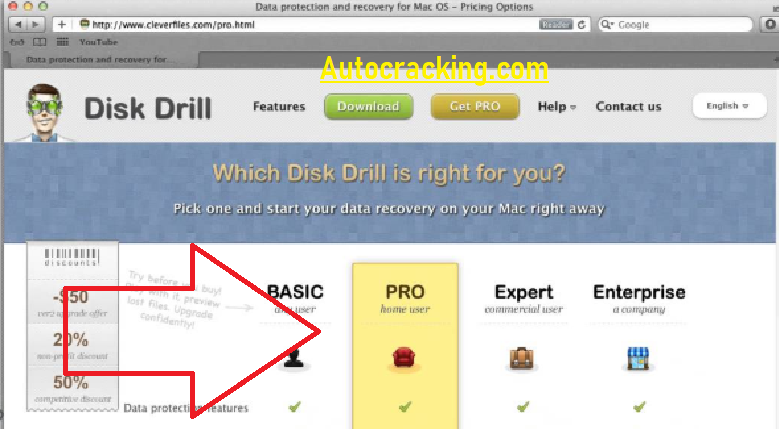

The goal of a secure PRP is such that knowing part of the permutation is insufficient to have a significant probability of determining the rest of the permutation. What is a pseudo random permutation (PRP)? A:Ī pseudo random permutation is a re-arrangement of symbols (in the case of AES, the integers 0 through 2 128 – 1) created by an algorithm (hence the pseudo random bit). OpenSSL supports a few, including AES, CAST5, DES, and Blowfish. Similarly, Crypto++ supports a large mix of ciphers. LibTomCrypt supports a good mix of standard ciphers such as AES, Skipjack, DES, CAST5, and popular ciphers such as Blowfish, Twofish, and Serpent. Many libraries already support vast arrays of ciphers. Where can I find implementations of ciphers such as AES? A: Most countries formally recognize Rijndael (or often even AES) as their officially standardized block cipher. In the European Union, the NESSIE project selected Anubis and Khazad as its 128-bit and 64-bit block ciphers. Other common ciphers such as RC5, RC6, Blowfish, Twofish, and Serpent are parts of RFCs of one form or another, but are not part of official government standards. It is larger and harder to implement in hardware. CAST5 is roughly as fast as AES, but nowhere near as flexible in terms of implementation.

In Canada, the CSE (Communication Security Establishment) formally recognizes CAST 4 (CSE Web site of approved ciphers is at in addition to all NIST approved modes. It is slower than AES, but well suited for small 8- and 16-bit processor due to the size and use of 8-bit operations. Q:įormally, NIST still recognizes Skipjack (FIPS 185) as a valid cipher. The NIST standard SP 800–38A specifies five chaining modes, including CBC and CTR mode.

The Advanced Encryption Standard (AES) is specified in FIPS 197. This is accomplished by controlling the mapping from plaintext to ciphertext with a secret key. The first and foremost purpose of a cipher is to provide privacy to the user. Q:Ī cipher is an algorithm that transforms an input (plaintext) into an output (ciphertext) with a secret key. To have your questions about this chapter answered by the author, browse to and click on the “ Ask the Author” form. The following Frequently Asked Questions, answered by the authors of this book, are designed to both measure your understanding of the concepts presented in this chapter and to assist you with real-life implementation of these concepts.


 0 kommentar(er)
0 kommentar(er)
